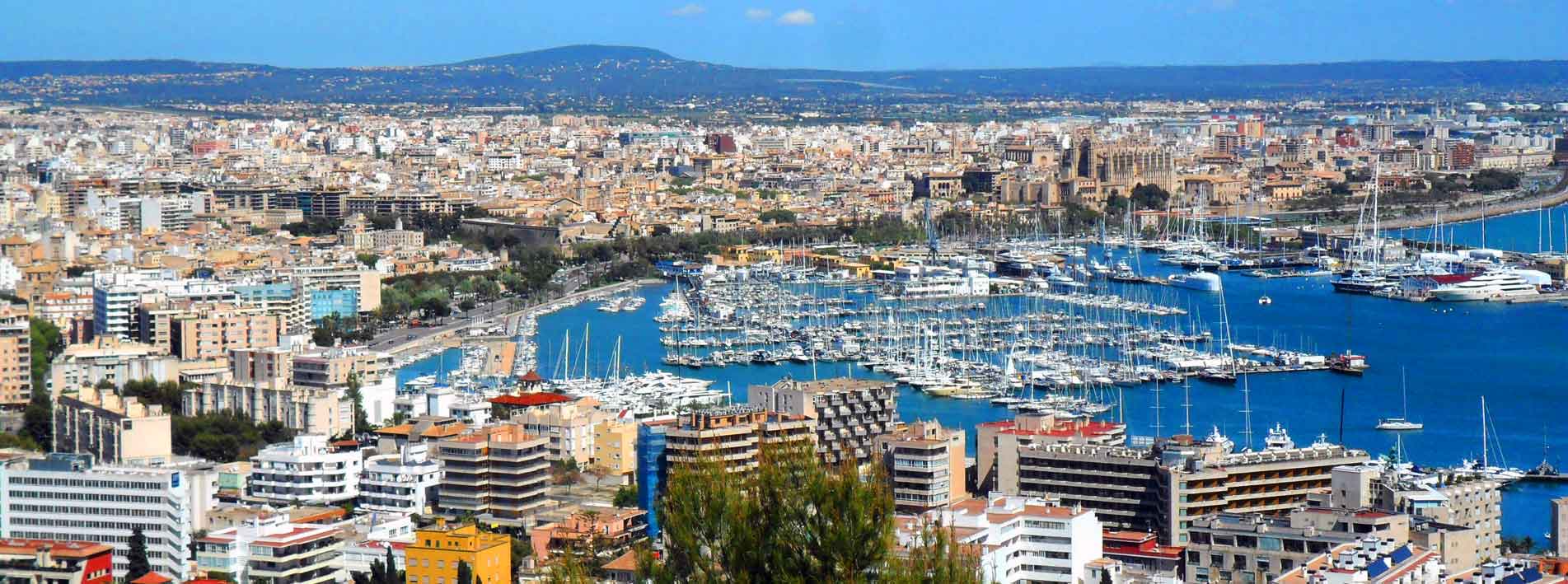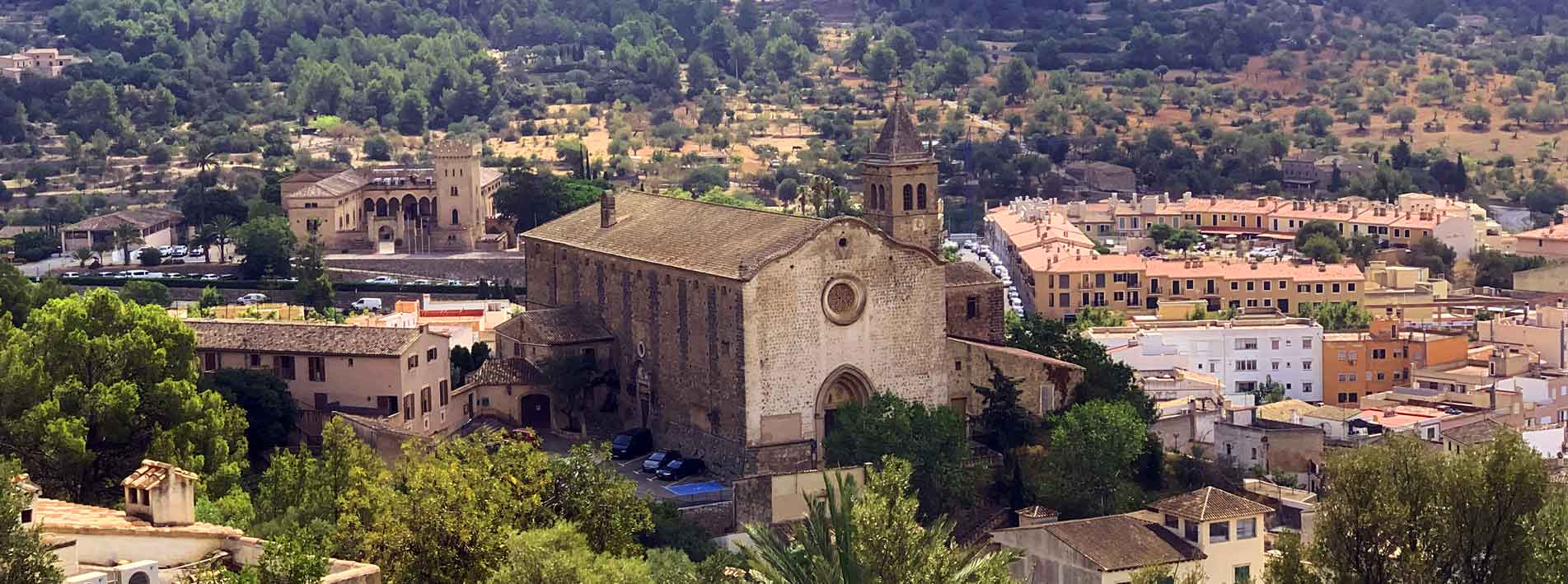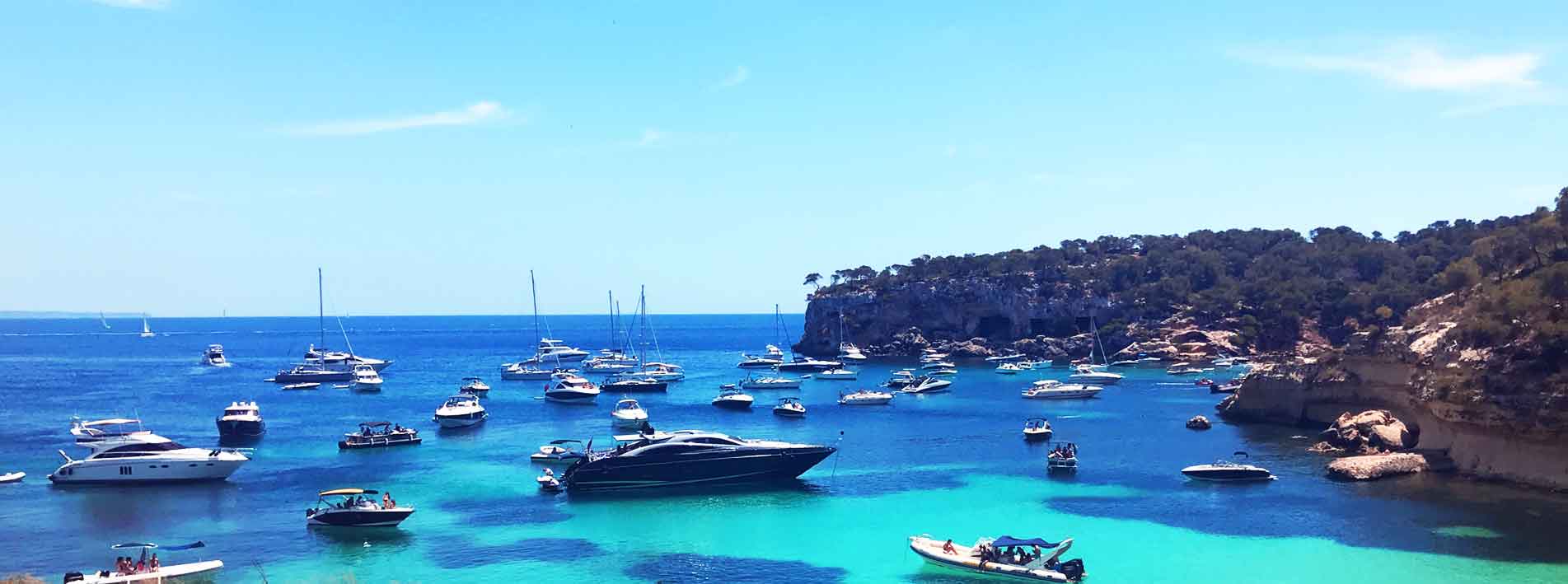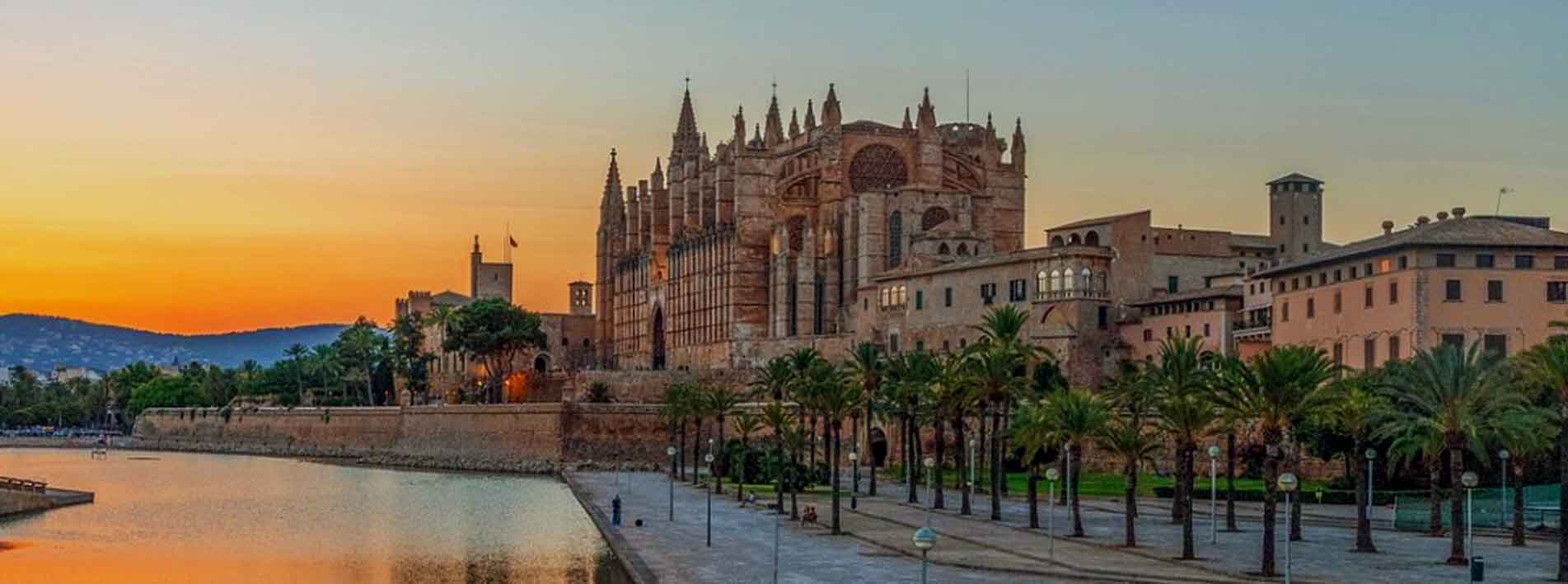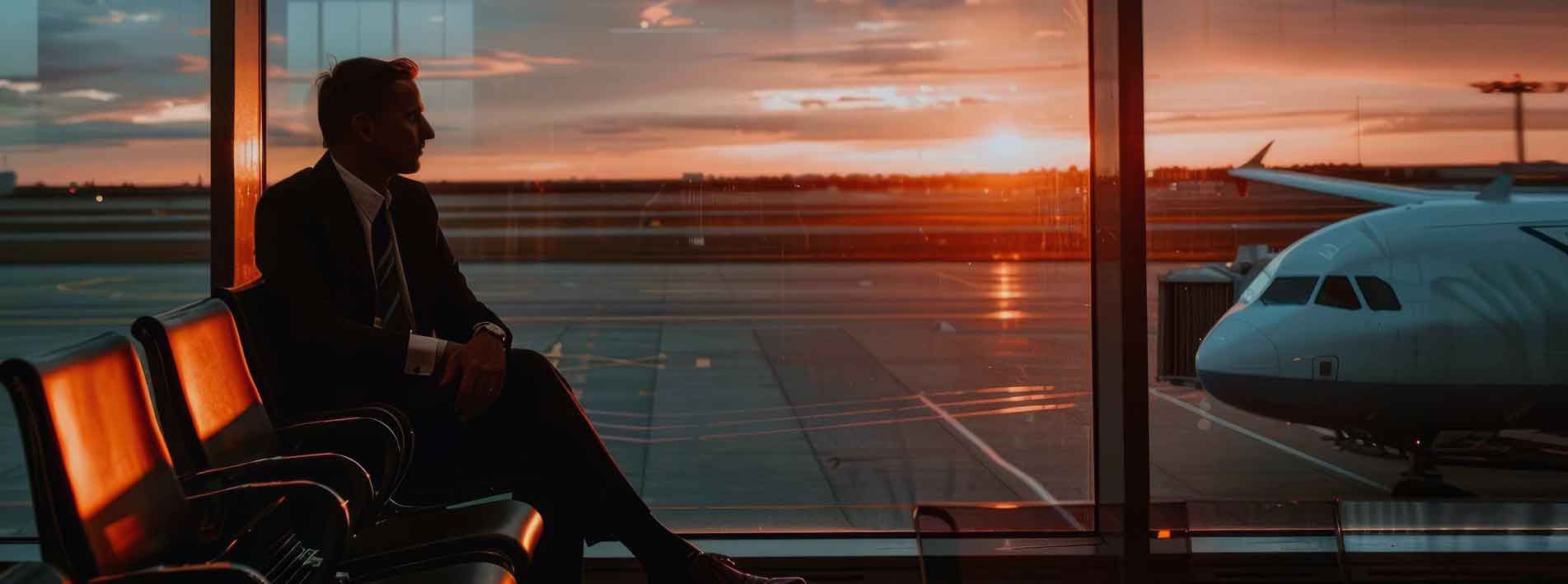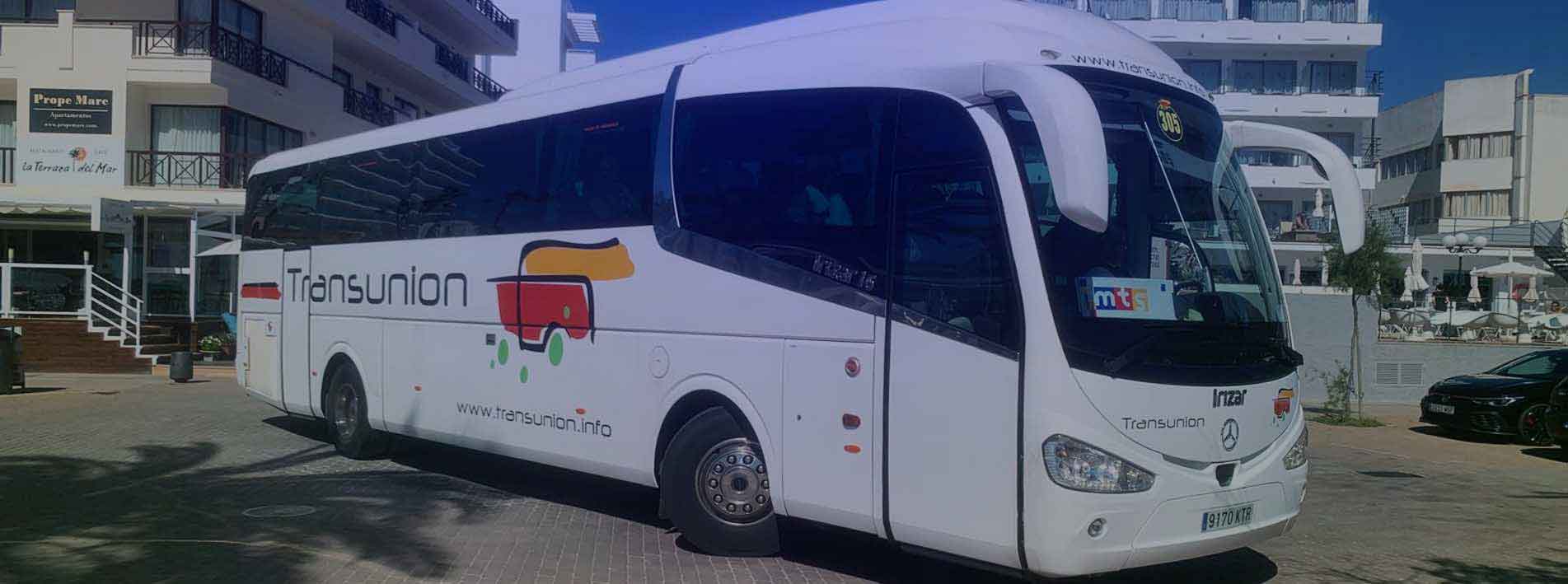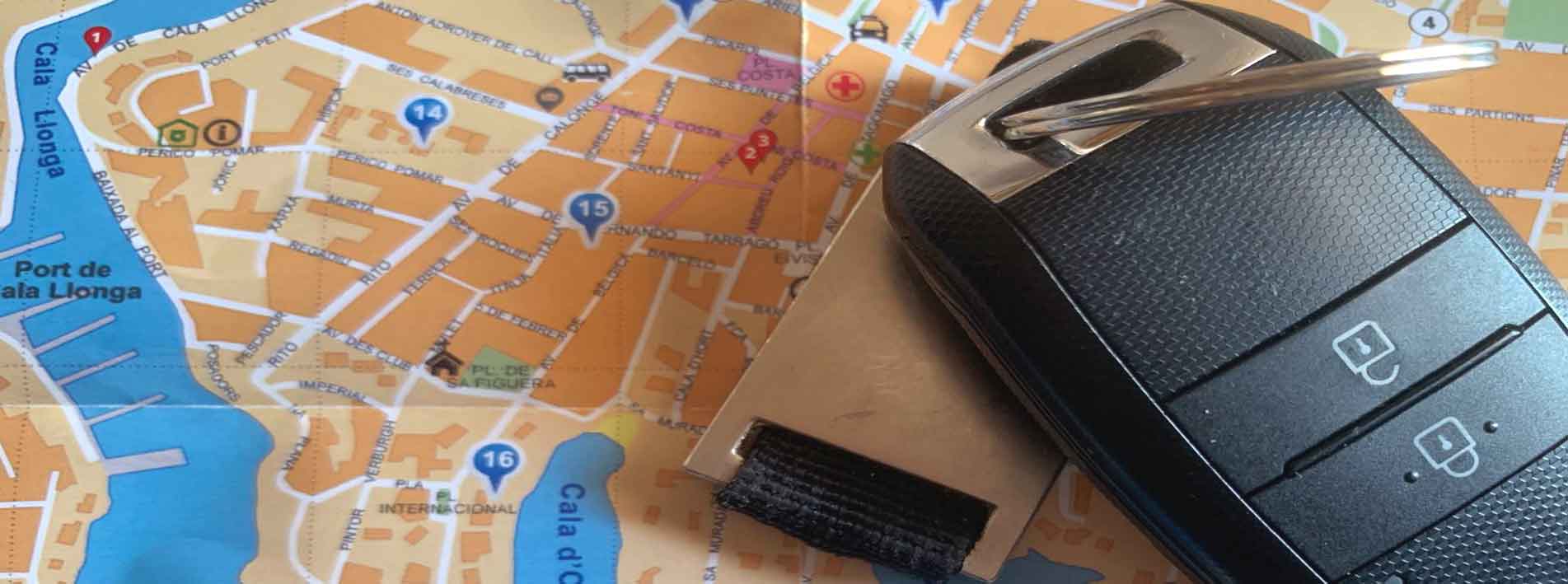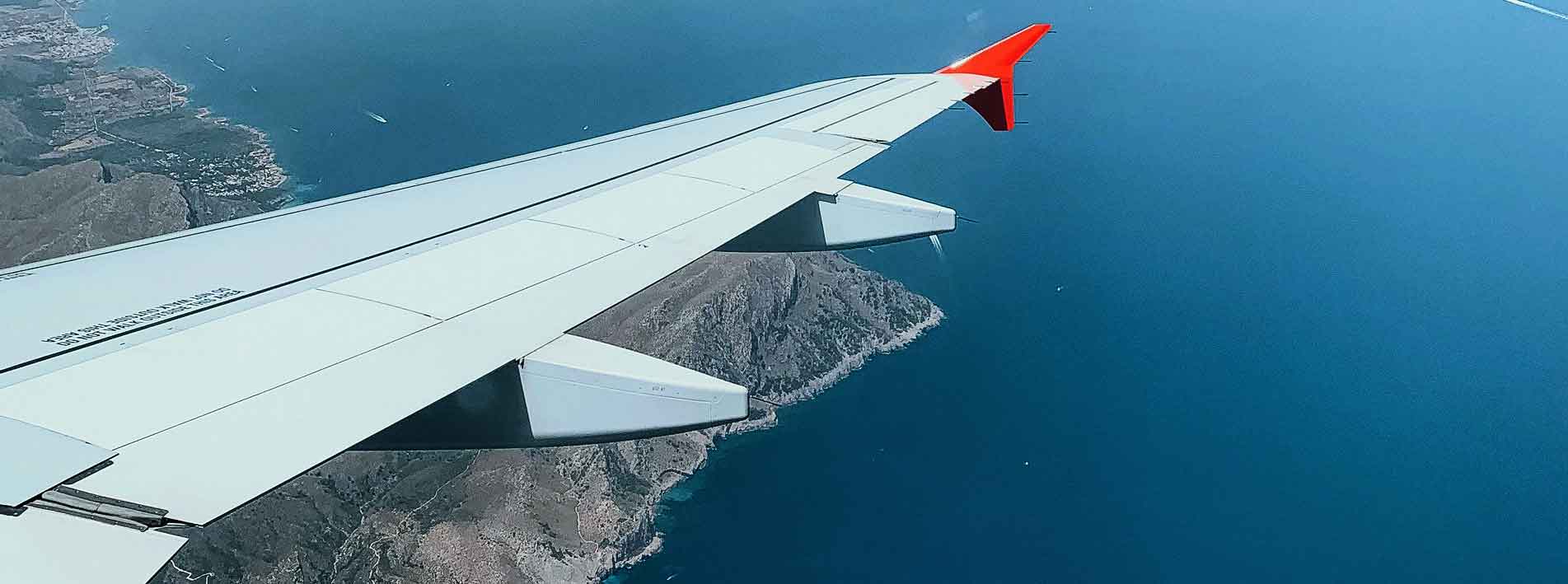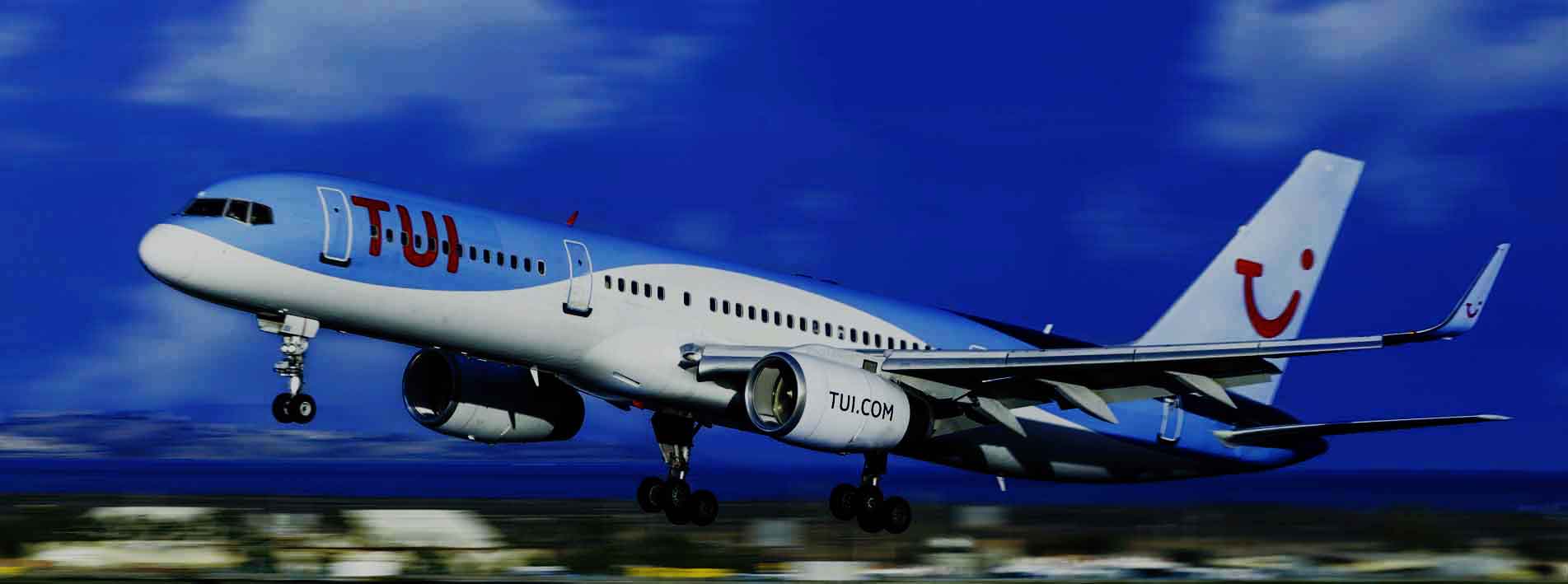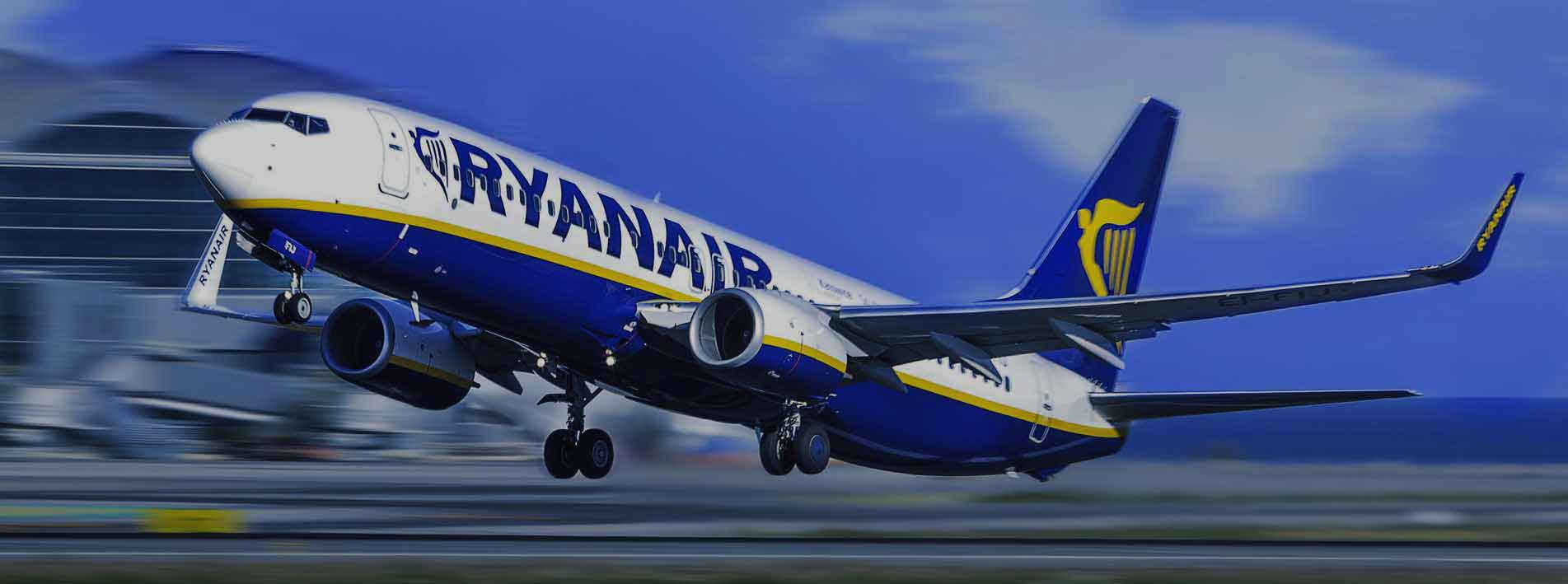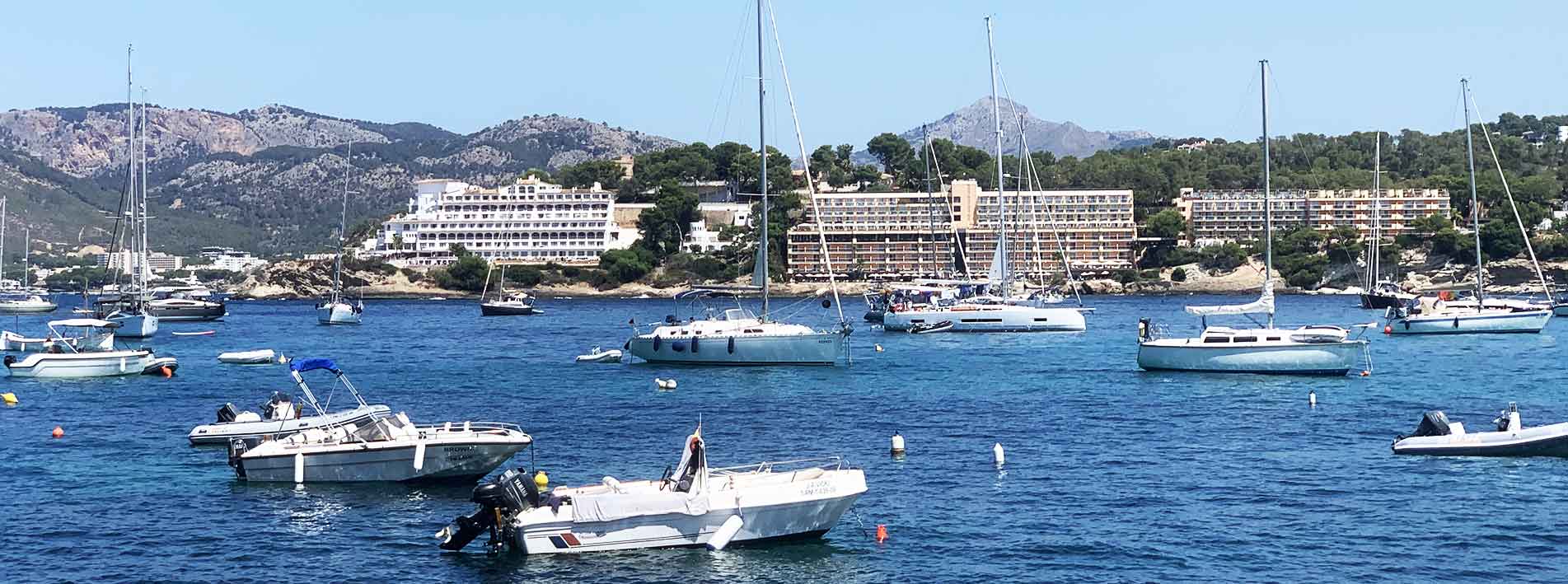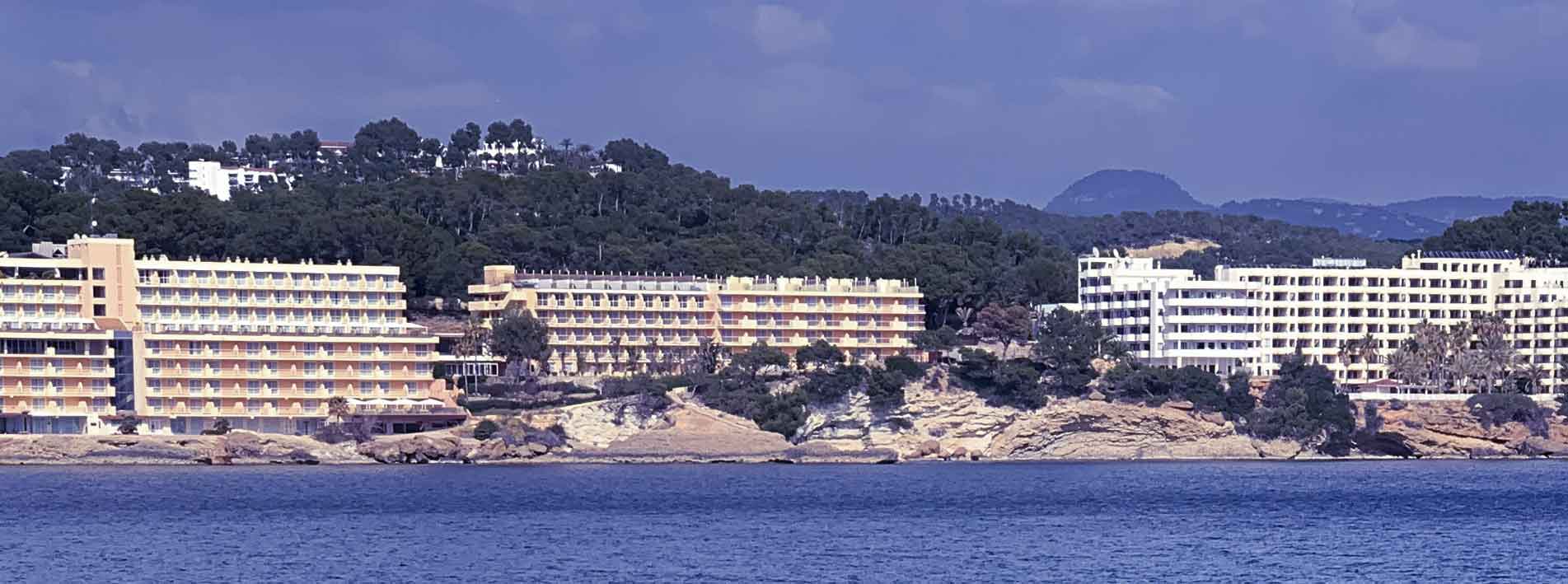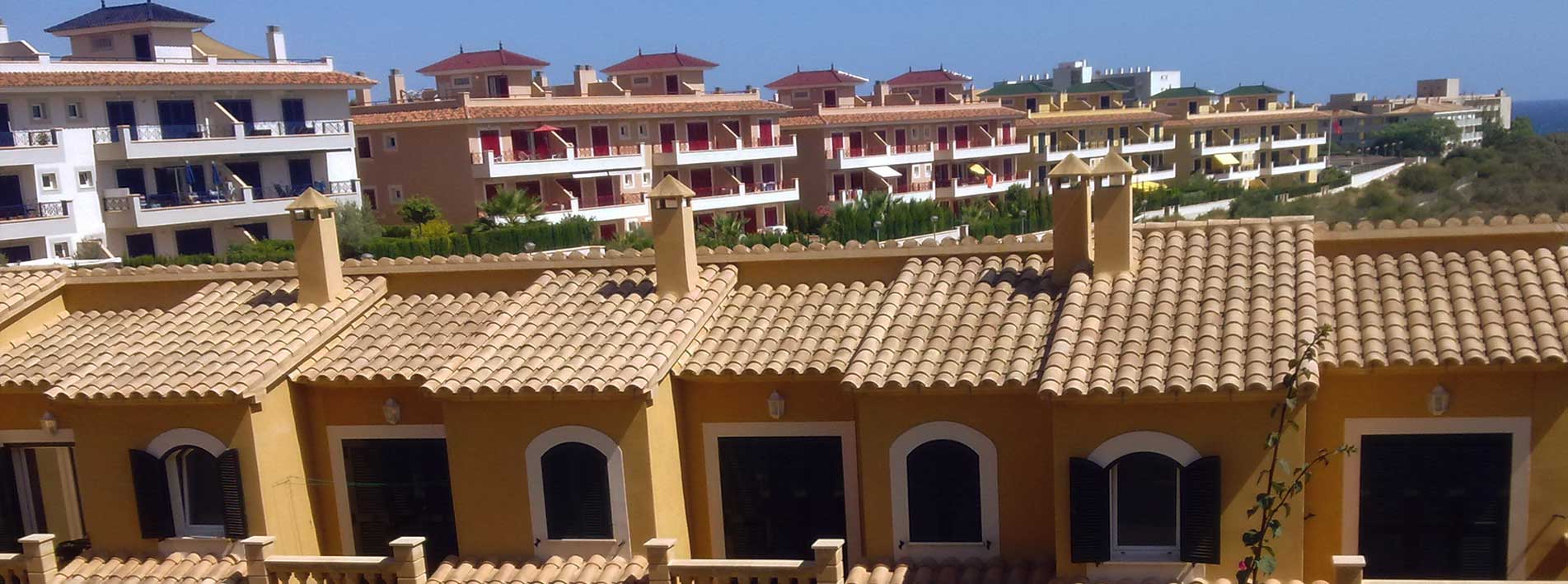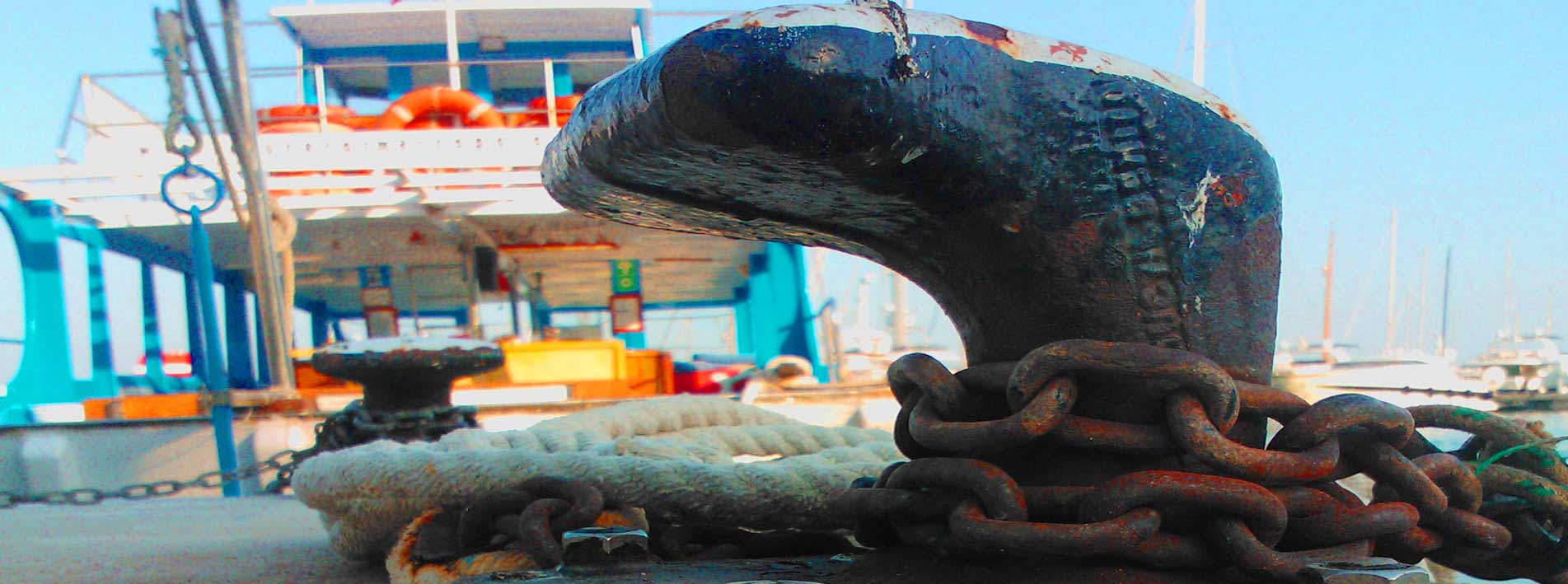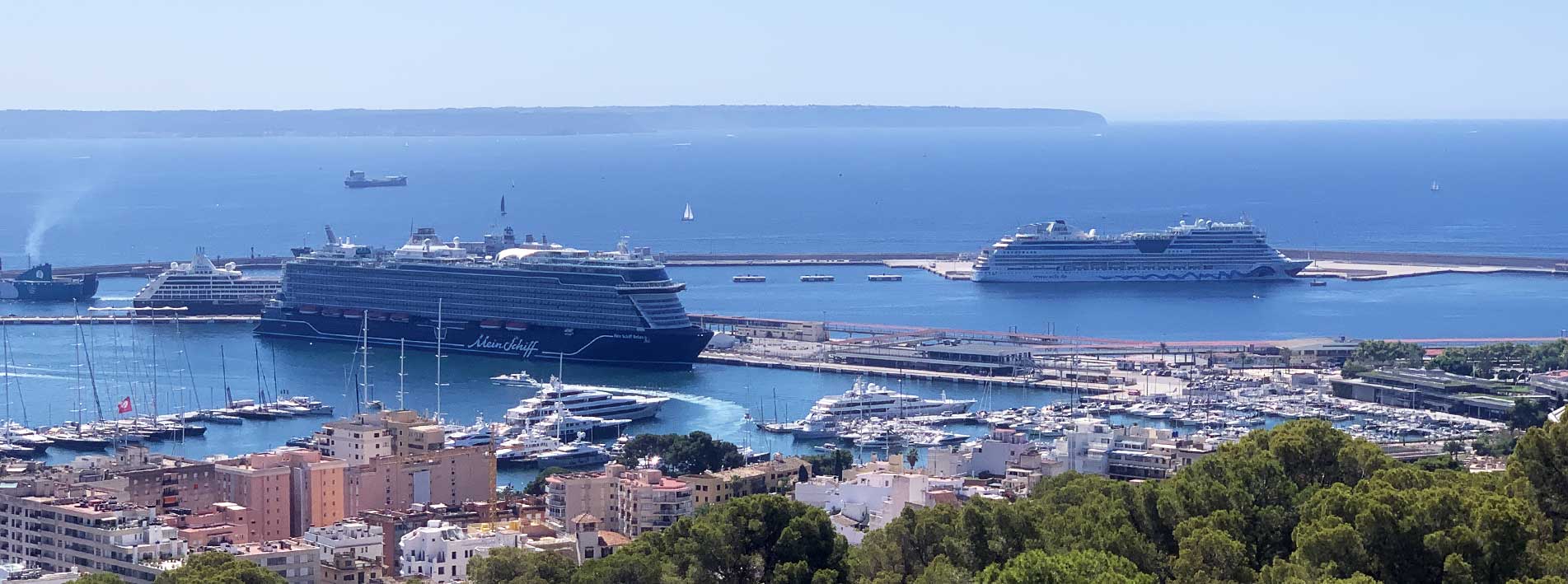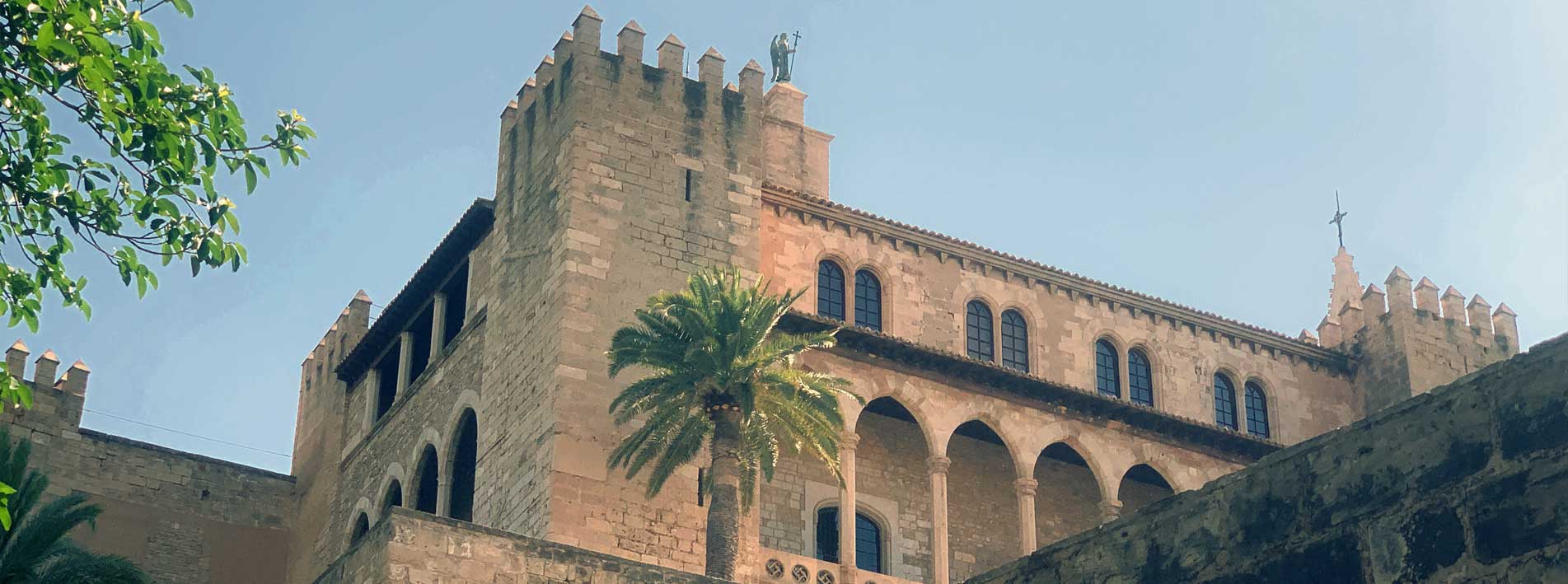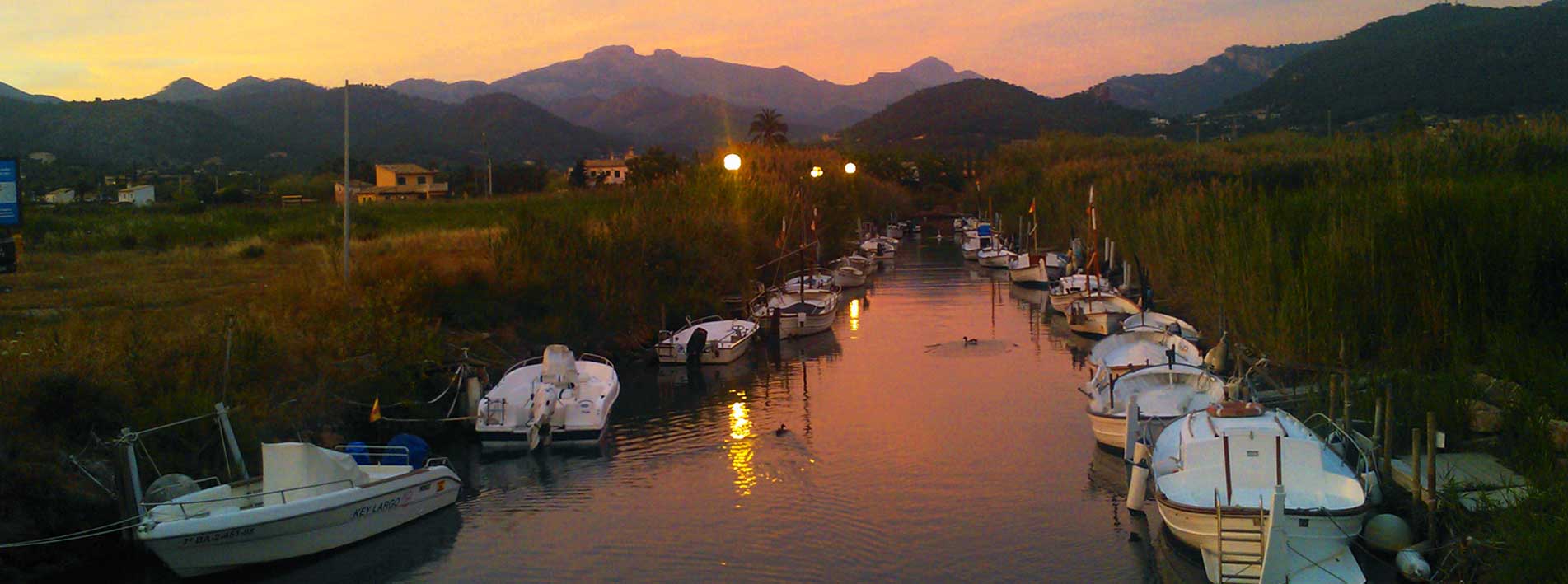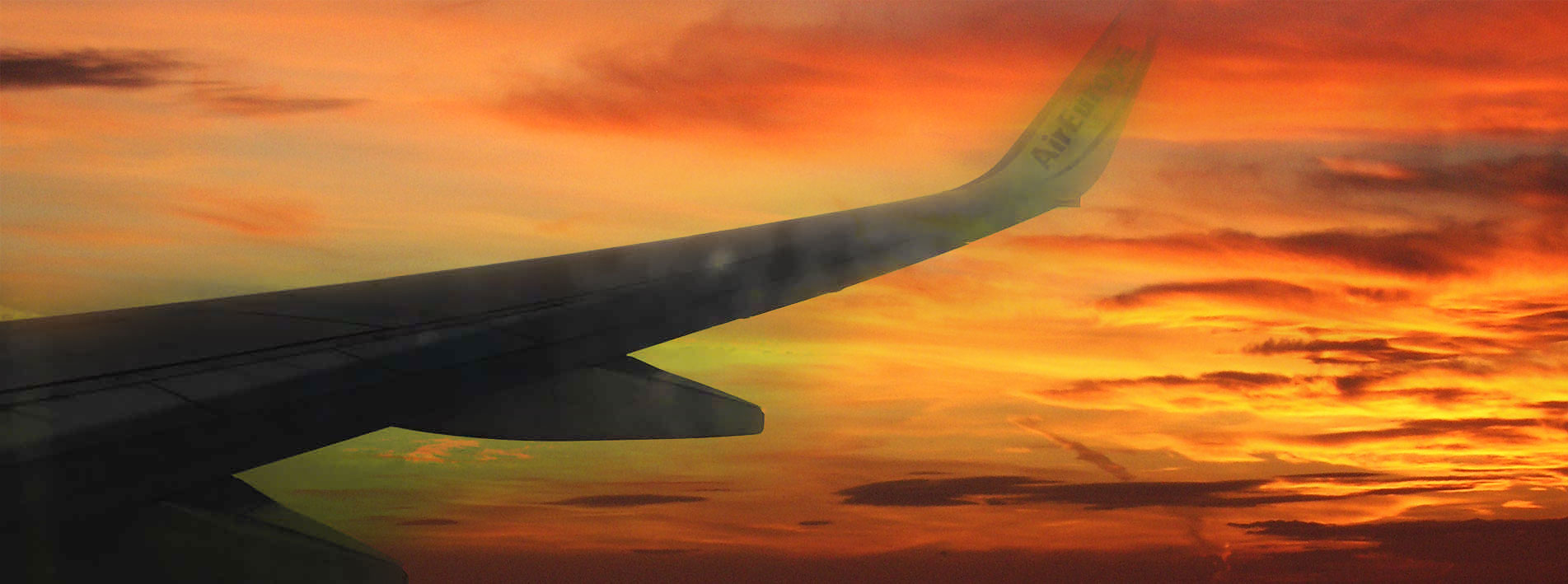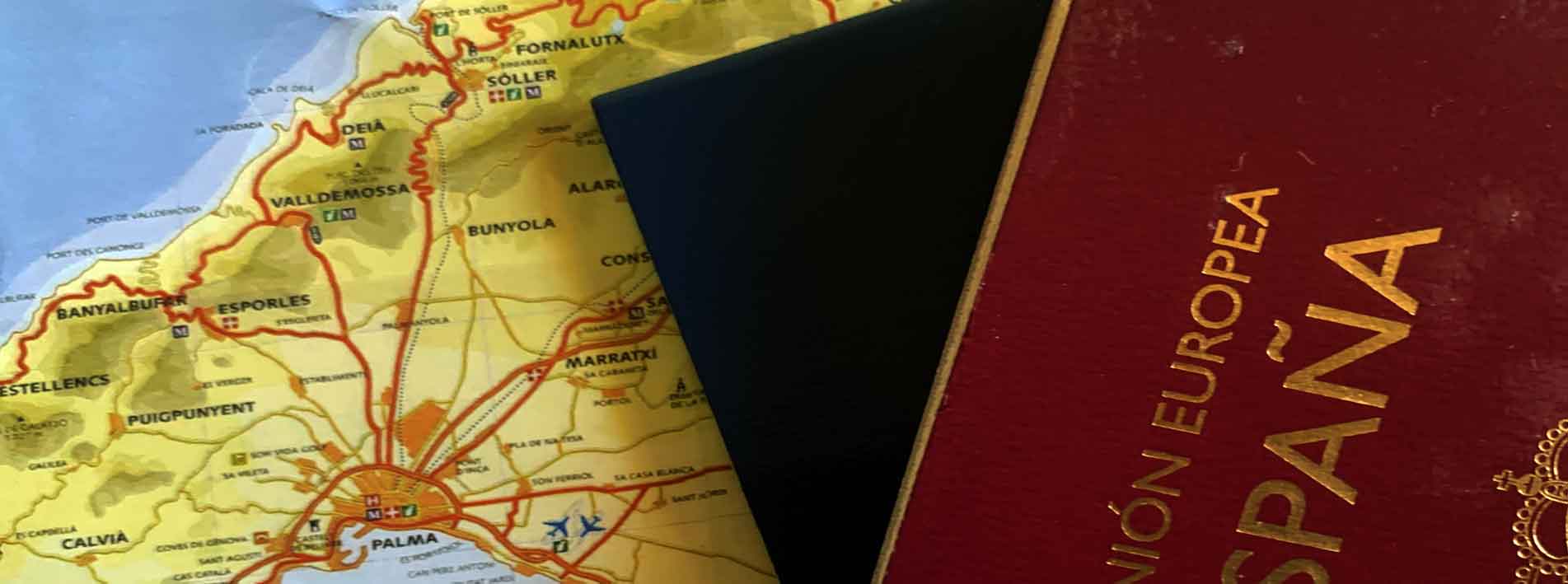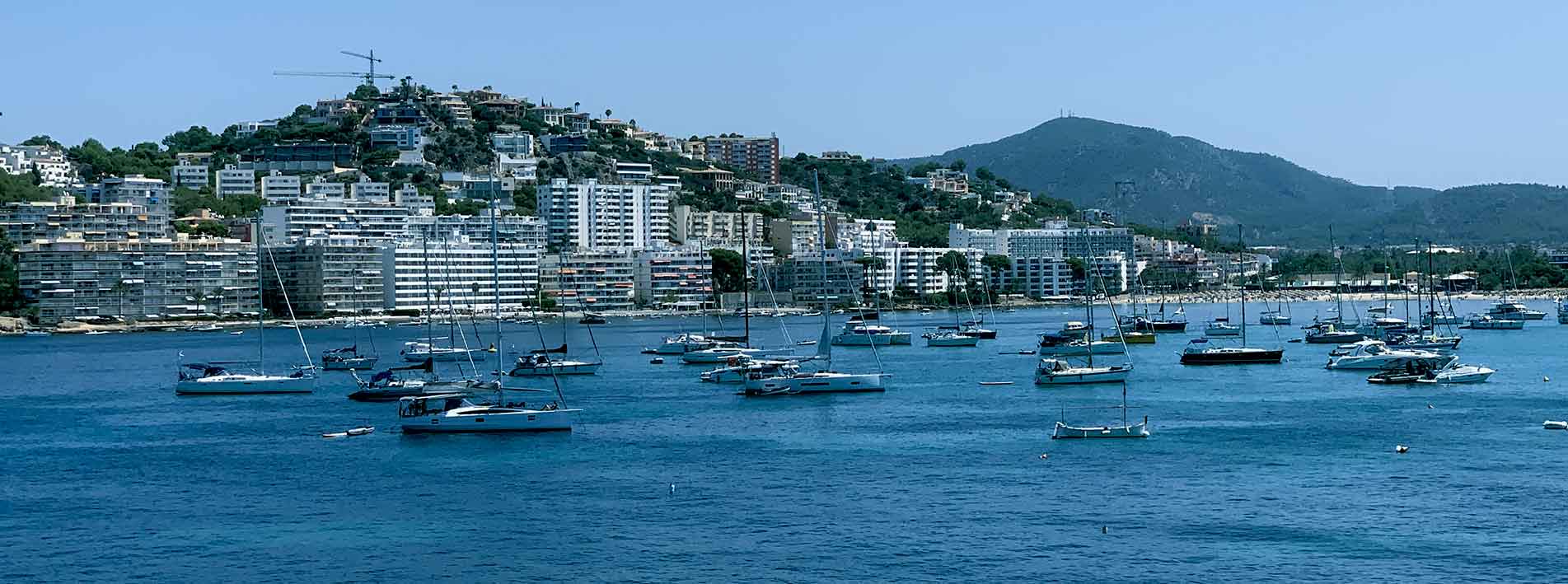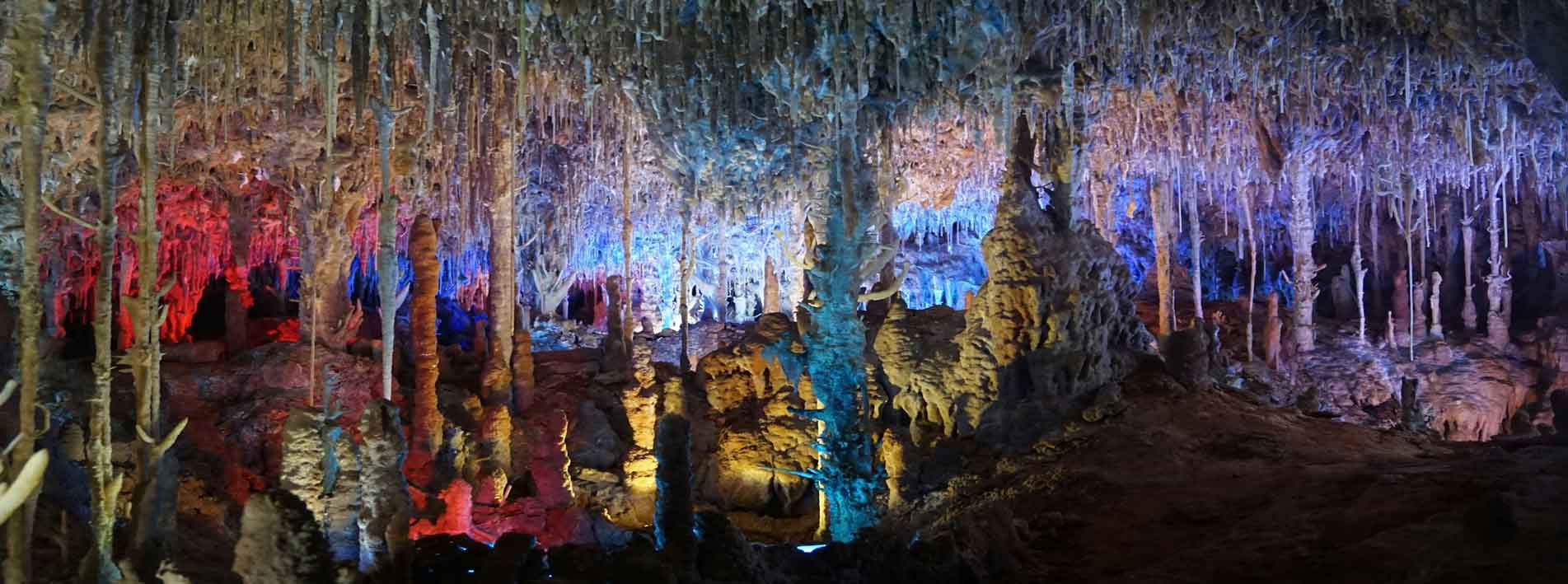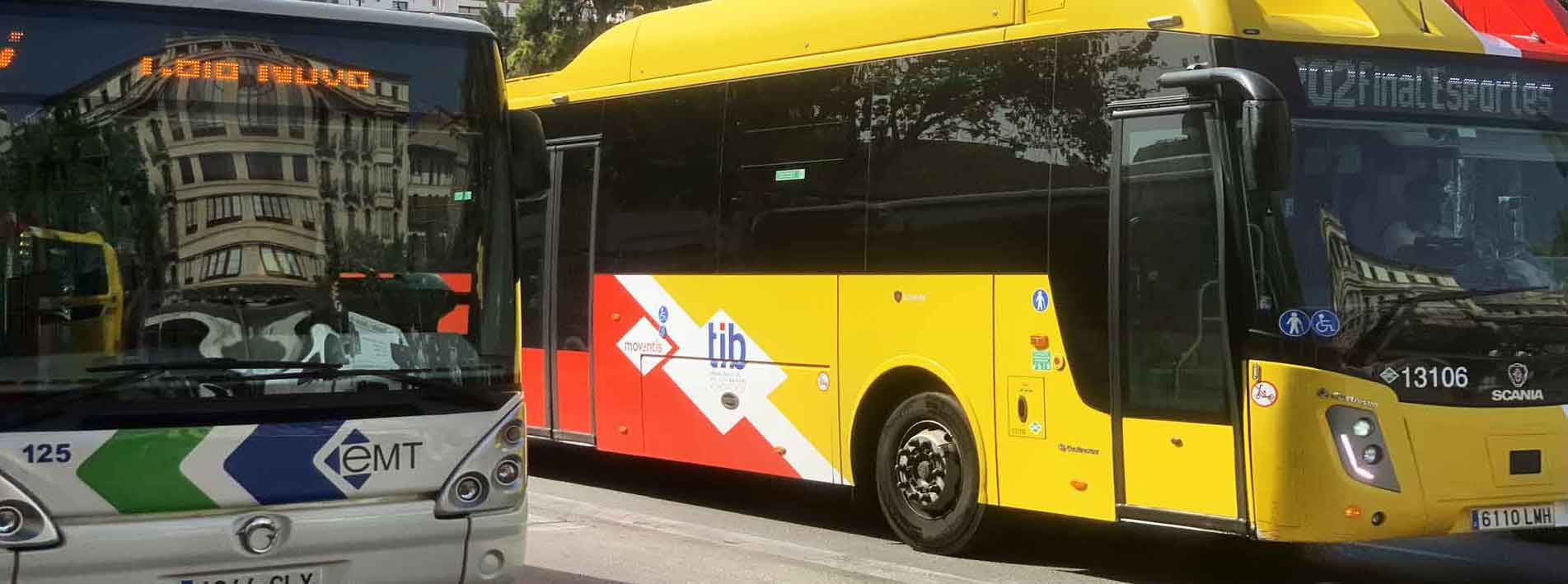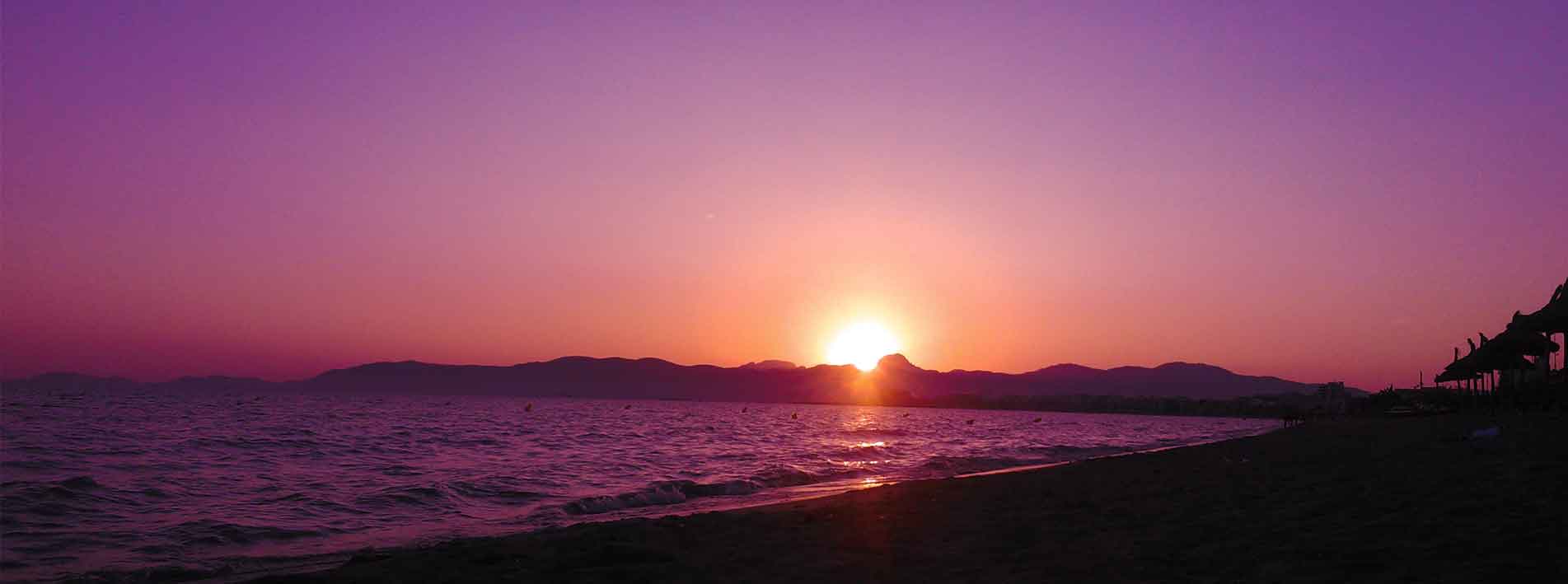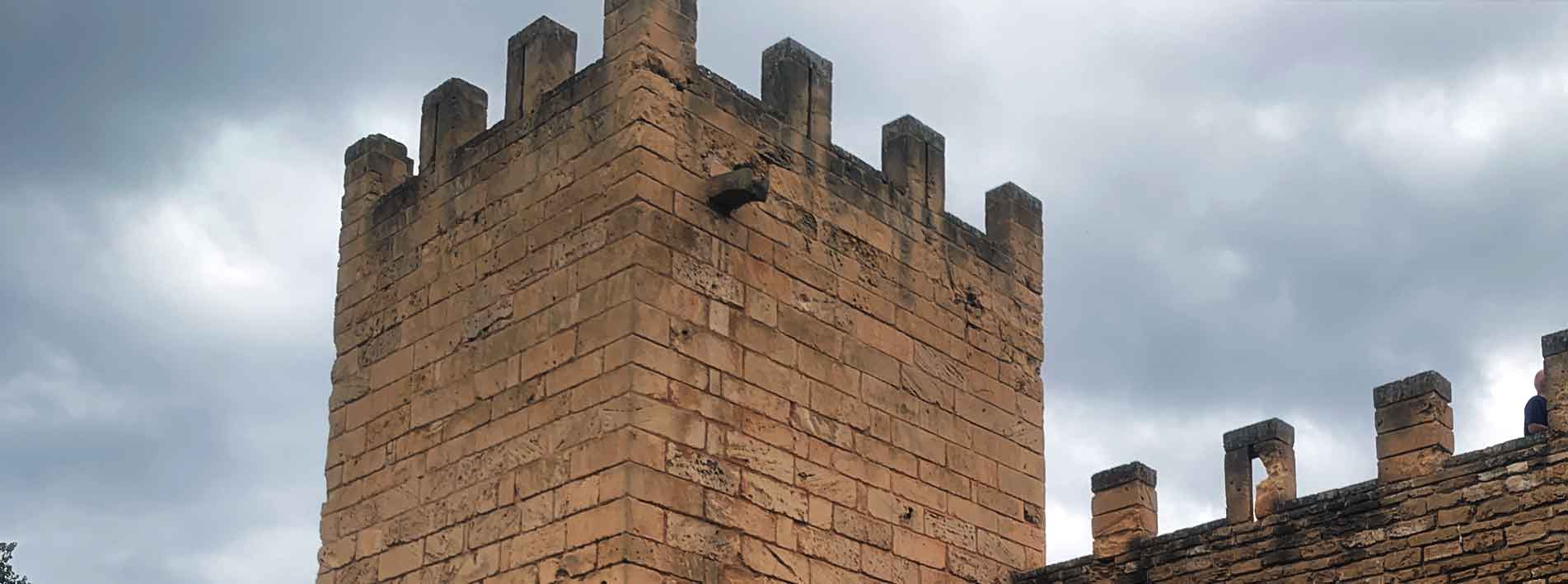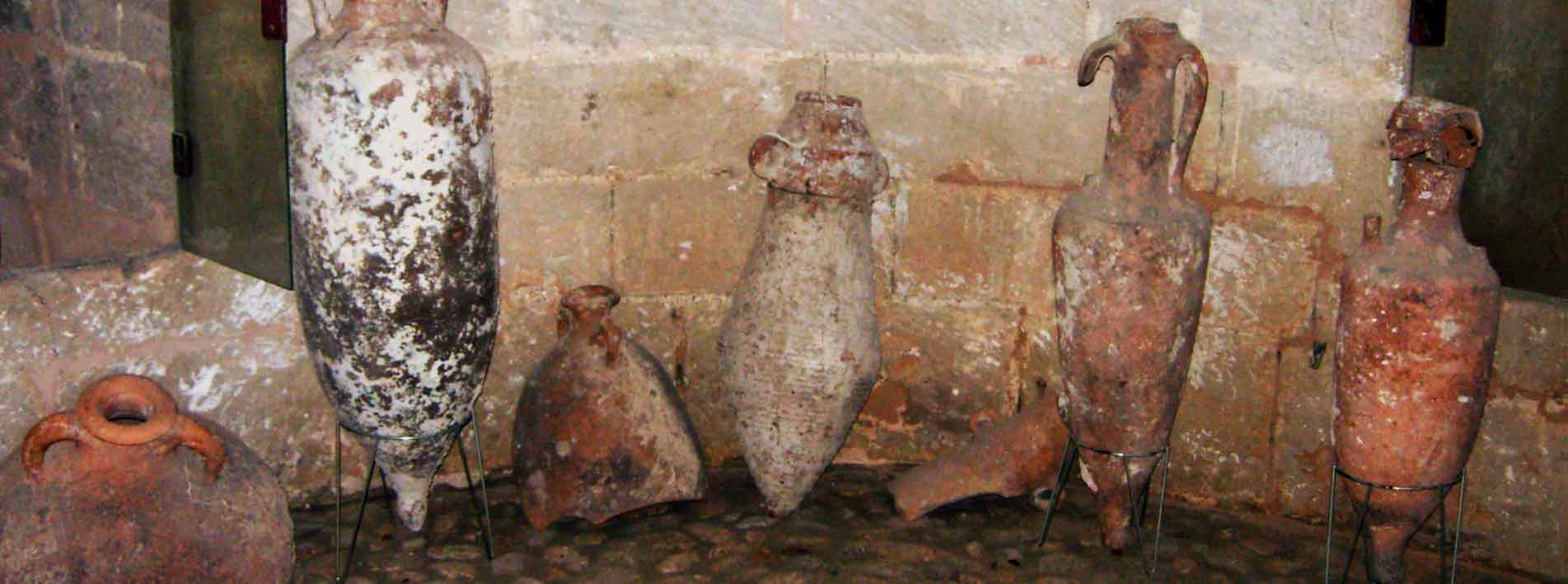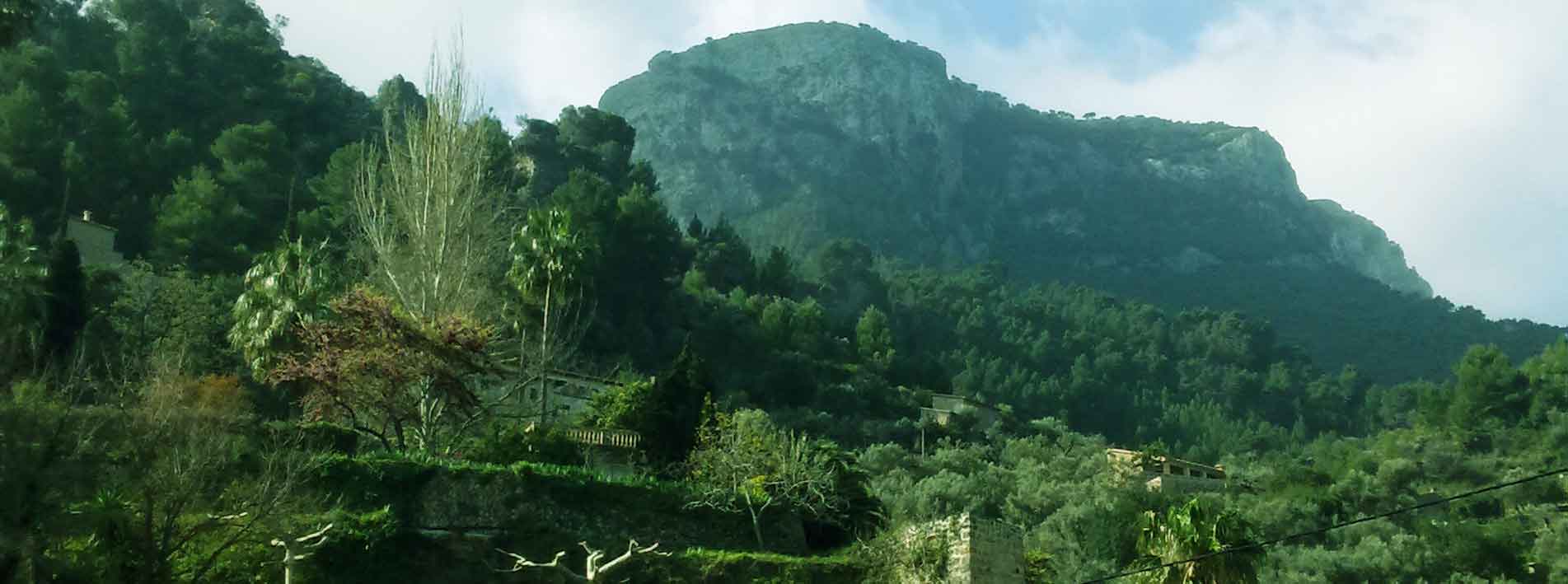Urban Mallorca (metropolitan area)
What is known as the urban area of Palma de Mallorca, also called the Functional Urban Area (AUF) of Palma, is made up of the island’s capital and its nearest or neighboring municipalities. Its role as capital and administrative and cultural center attracts new businesses, promotes awareness of Mallorca’s history and culture, and encourages its cosmopolitanization.
Urban or Metropolitan Mallorca
About the metropolitan area of Palma de Mallorca
It is important to begin this section on Urban Mallorca with an important clarification: there is no officially recognized metropolitan area of Palma with a legal structure like other large areas in Spain (such as Barcelona). What is now referred to as the metropolitan area of Palma does not yet have a legal entity to support it. However, in practice, this area or zone surrounding Palma is widely recognized as an urban and economic area given its growing interrelationship and its population and social continuity with the neighboring municipalities.
Urban Mallorca: The urban area of the island of Mallorca
The metropolitan area of Palma could be the 14th most important metropolitan area in Spain in terms of population and economic activity. The entity covers the urban area of the island of Mallorca around the bay of Palma and includes, together with the city of Palma itself, its neighboring municipalities such as Calvià, Llucmajor, Marratxí, Bunyola, Esporles, Andratx, Santa María del Camí, Puigpunyent, and Santa Eugènia.
Urban Mallorca: urban and metropolitan transport system
This urban area comprises several municipalities and has a public transport network based on the Palma metro, the Mallorca bus lines, and the train network (the island’s railway system).
Palma Metro: There is only one metro line on the island (M1), which connects the Plaza de España Intermodal Station with the University of the Balearic Islands (UIB).
Mallorca Train (Mallorca Railway Services): Palma’s metro network is interconnected with the train lines that connect Palma with other municipalities in Mallorca. These are the lines to Inca (T1), to Sa Pobla (T2), and to Manacor (T3).
Intercity Bus Network: It shares stations with the train lines and is connected to Palma’s intercity bus terminal.
Key aspects of metropolitan or urban Mallorca
Infrastructure of urban or metropolitan Mallorca: Palma has a public transport system that includes the metro and connections to the rest of the island, making it easy to get around. However, projects are underway to improve mobility, such as the expansion of the metro and the creation of new train lines, such as the one that will connect Palma with Son San Juan Airport.
Proximity to the Sea in Urban Mallorca: The population centers in these geographical zones and their important villages and other localities offer easy access to ports, beaches, and coves, with the possibility of enjoying the Mediterranean lifestyle.
Leisure Activities in the Urban Mallorca: There is a variety of leisure options for all audiences, from bars and nightclubs to cultural and sporting activities.
Economic development: The cities and towns of Mallorca that make up the island’s urban region have experienced a notable increase in the presence of technology companies and other sectors, which has contributed to their cosmopolitanization.

